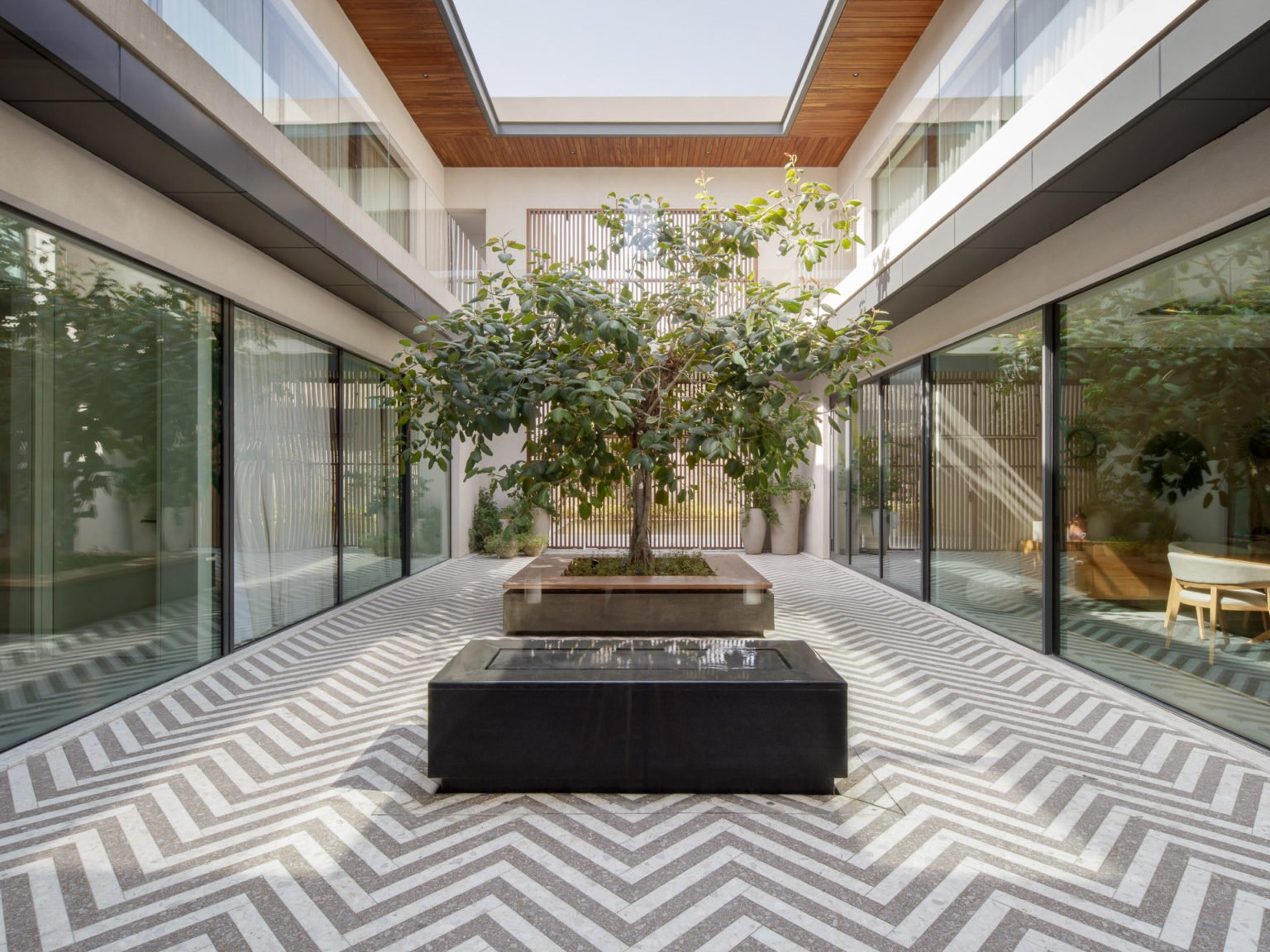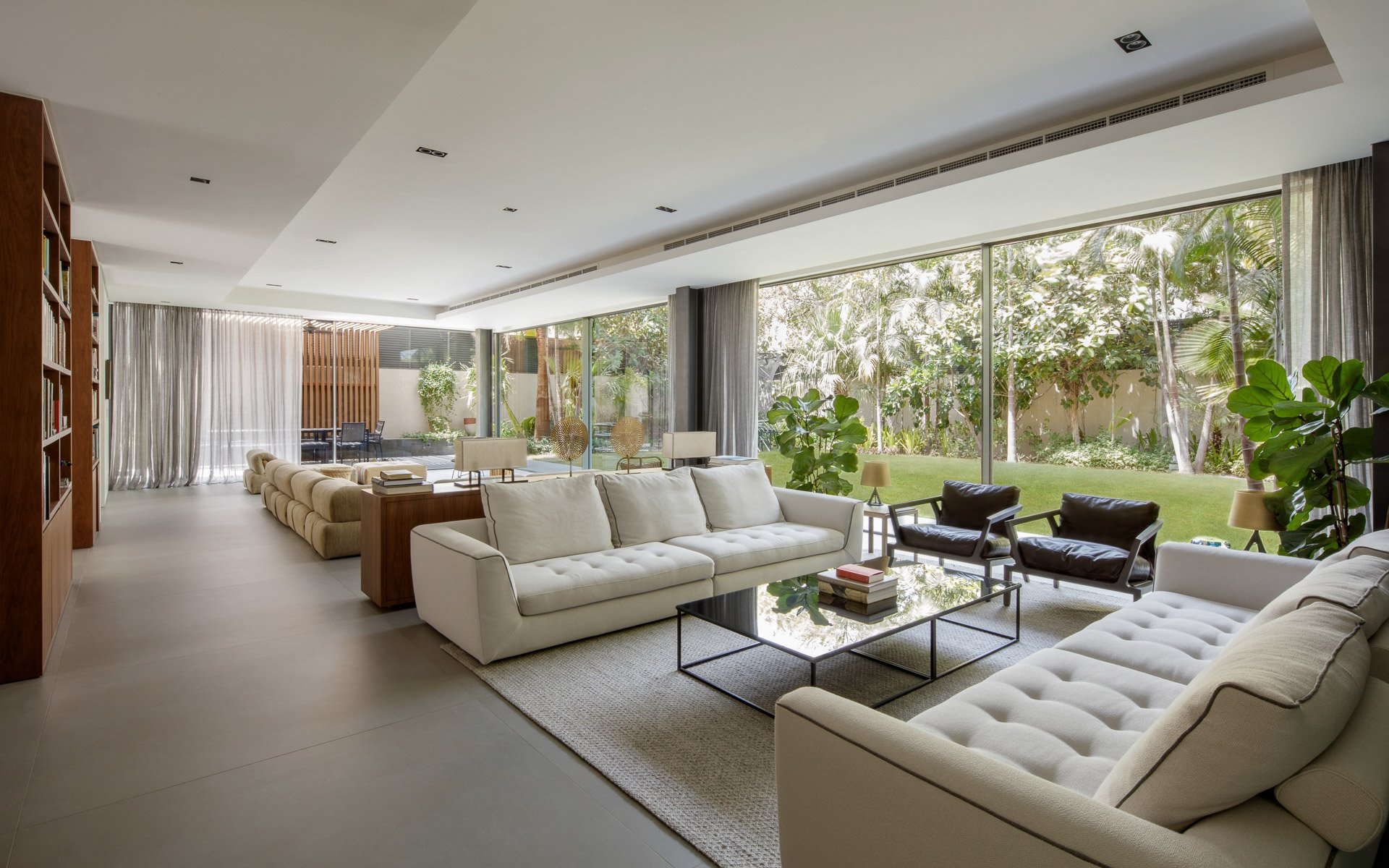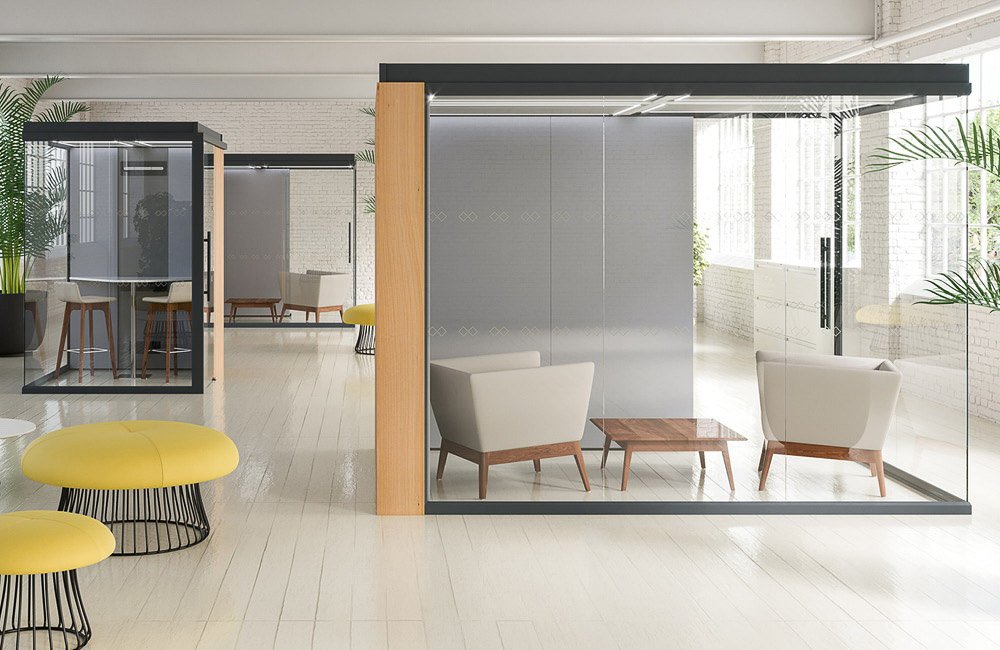Be it Feng Shui, Vaastu, biophilia or KonMari, modern day interiors are clearly leaning towards more of a hybrid of good design and aesthetics, and spaces that equally attend to the mind, body and soul.
Our grandmothers may have been on to something when they insisted we sleep with our head facing East. For modern day Millenials, practices like Vastu Shastra or Feng Shui are casually passed off as pseudo science, and relegated to superstitious beliefs that have no place in modern society. But, we can’t help but wonder how they keep finding their way into modern architecture.
Unless you’ve been living under a rock for the past five years, you would have heard of Marie Kondo from Tidying Up with Marie Kondo fame. Her KonMari method is extremely popular and resonates well with minimalists and clutter junkies. Marie has stated that her method is partly inspired by the Shinto religion, an optimistic faith where humans are thought to be fundamentally good, and evil is only caused by evil spirits. Consequently, Hence, the Shinto way of living and its rituals are intended to keep away evil spirits by purification, prayer and offerings.
But what does this have to with interior design?
All of these practices have a common philosophy. If you look closely, the principles underlying these practices focus on the mind and body, and are not heavy on the aesthetics. They address design in a hybrid way, one that pays attention to the holistic health of the people that reside in these spaces. In the KonMari method, you will see less mention of colours and textures, and more talk of decluttering, only keeping items that, according to Marie, ‘spark joy’. Basically, the KonMari method is not so much about minimalism as it is about designing an environment where you feel happy to live and work in, and not just look at.
Rethinking Our Approach to Design
Architecture and interior design are traditionally perceived from an aesthetic and visual viewpoint. However, in the last decade or so, there has been a shift in the status quo, with wellness and wellbeing moving to the front lines of design goals.
Without getting into a detailed history lesson, experts around the world discovered a correlation between our health and our interiors. The old school of thought assumed a financially rewarding job was sufficient to drive a healthy lifestyle. Significant research in the past five years points to the design of a space being an important factor in our physical and mental health.
The holistic approach to design is moving past commercial interiors and into other domains, like the higher education sector. Incorporating wellness into an education involves focusing on a balance of social and quiet spaces, and designing layouts to encourage students to take the scenic route between classes. As much as you want students to focus on work, it is important to keep their mental health in mind as well. On the other hand, wellness centres and gyms are an interesting factor. Ironically, a lot of these aren’t designed with wellness in mind, but rather focused on the delivery of the services offered. Today, wellness centers focus on incorporating principles of biophilia or even Feng Shui and Vastu Shastra, whilst keeping in mind that the environment contributes as much to health as the quality of the machines in the gym.
At Love That Design, we have discussed the closed vs open plan layout concept at length. While open plan spaces aren’t going anywhere, the ‘one size fits all’ solution is definitely on its way out. The cookie cutter method to design lacks empathy at its core, and ignores the need for flexibility and choice at the workplace. To feel great at work, physically and mentally, means knowing you’re covered in those areas.
Another interesting point is understanding the needs of your client. As in, truly understanding on a deeper level than aesthetics. This can be hard when it’s for a business, but possible when designing for residential, small businesses or hospitality. As an expert, the designer certainly has the upper hand and can assert their opinion. But it helps to connect on a level that the client understands as well.
Ancient Traditions, Contemporary Approaches
Nevertheless, we are not here to discuss the effectiveness of Feng Shui or Vastu Shastra. As design enthusiasts, we’re driven to understand what works and what doesn’t, and how modern frameworks can seek inspiration from it.
What the design community does agree on is biophilic design, and its impact on wellness and wellbeing. Although biophilic design may seem like a new trend, mimicking nature in man made architecture is nothing new. It’s essentially a rediscovery of an ancient practice with a modern approach. For example, research into ancient Hindu temples shows clear evidence of fractal patterns that closely resemble indigenous flowers. It is said that Hindu temples are always situated at regions of strong magnetic energy, and close to water bodies, attracting all sorts of wildlife. In doing so, these places of worship are always in close proximity to natural energy.
Simple design practices to promote wellness have roots in old wisdom. The easiest example here is that of Feng Shui. Decluttering your home is important for increasing the chi (energy), because a tidier place is no doubt stress free. This is essentially translated to minimalism, not necessarily ‘less is more’, but rather clean and organised.
Vastu Shastra has a list of specific plants for specific areas of the house or office. While it may be hard to believe that a money plant will increase your bank balance, you can’t deny that having a citrus plant adds freshness and colour to your life.









